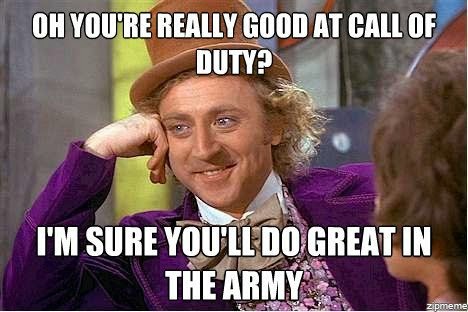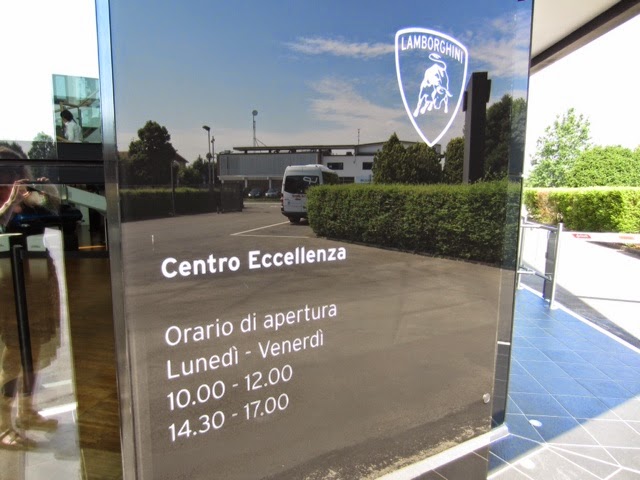This week I am spending my time at a conference for those involved in the Information and Communication Technology (ICT or more loosely refered to as the "telecom") industry. It's an annual conference, focused on quality, reliability, continuous improvement, customer satisfaction and so forth, many of the main principles of ISO 9001 and TL 9000 (an ICT-specific flavour of ISO 9001, kind of like ISO 9001 on steroids).
This conference is great for meeting people, as many conferences are, but perhaps more importantly to get a sneak-peek at some of the trends in the industry and to see how other companies have tackled tough problems. One particular presentation, from a big name in the ICT industry, talked about making the organization more effective by making employees more engaged. Happier employees leads to better work which should lead to happier customers and more revenue, right?
I have written about employee engagement before, talking a bit about the Gallup 12, and actively engaged or disengaged employees. This organization took a slightly different approach, which I found really interesting.
They broke out their plan to get happier emloyees into four key steps:
1: Self-Awareness. Talk honestly about strenghts and weaknesses of every team member, and as a group commit to never letting that employee fail because of a weakness.
2: Fear. Face your fears, look them straight in the eyes, then put it in a box and keep clear boundaries around it. This can be a personal fear, a professional fear, or a group/organizational fear.
3: Clarity of purpose. Clarity of role, responsibility drives performance and reduces time spent stalled, waiting or worse "wandering in the desert" aimlessly (where Net Performance = Actual Performance - Wandering around in the desert). This means total transparency in roles, processes, responsibilities, and more importantly breaking down of long-established silos.
4: Assess and Measure Engagement. Using simple surveys, assess engagement via two attributes: advocacy ("would you recommend this company to your family and friends as a good place to work?") and commitment ("doing the right thing for the company and the customer even if it's difficult/harder for you" and "sticking it out and fixing it up, not just checking out").
Now, they piloted this with a small team because, let's face it, it would be challenging to do this on broad scale. They went through the above steps, and then re-assessed engagement a few months later. They found a small increase in the number of actively engaged employees, but more importantly, they saw a significant decrease in the actively disengaged employees. This is important - these are the employees that can rot an organization from the core outward, they can be extremely toxic to the effectiveness of a team. Over three years, this group improved their departmental KPI 3-fold. That's the power of converting or eliminating those who are actively disengaged.
I like that they talked about fear, and that they also agreed that they had to support people and not let them fail due to a known weakness. Some weaknesses can be addressed through training, mentoring, practicing and modeling different behaviours. But some are less easy to address and this company decided to be honest about it and get on with the work. Not to say they turned a blind eye to serious, systematic deficiencies, but instead they were honest about which ones were critical or potentially fatal to the organization and which ones weren't (hint: none of these weaknesses are truly fatal, especially once you know about them).
I also liked that they gave a name to waste genereated due to lack of clarity - "wandering in the desert". How often do we feel like we are just out there, slogging away, not making any progress, not really sure where we are going, and hey, didn't we *just* cross this sand dune 20 minutes ago? As a physics major (read: nerd) we used to have a joke about "executing a random walk" (it's something particles can do) as an analogy to killing time, doing work that has little to no value for either the end customer or the internal customer, wandering in the desert.
No one can be 100% effective, 100% of the time. But perhaps we should think more about why we are wandering around aimlessly in the desert - because I bet if we stop and think about it, maybe even write it down when we become aware of it - the causes will reveal themselves for what they are: inefficient internal processes due to lack of clear vision, goals, responsibilities.
I for one plan to start taking a compass with me if I go execute a random walk... I may still walk randomly but at least I'll be aware of it.
AMac
 Imagine! You could fast forward through the first 5 minutes when that guy who always shows up late (wait for it) shows up late and asks "what did I miss?" And the next 3 minutes bringing him up to speed. You could whiz right through that lady's presentation since she reads every bullet point verbatim - heck, you can read right? Then those pesky extra 10 minutes when the meeting agenda has been covered but someone says "We've still got 10 minutes - what should we discuss now?"
Imagine! You could fast forward through the first 5 minutes when that guy who always shows up late (wait for it) shows up late and asks "what did I miss?" And the next 3 minutes bringing him up to speed. You could whiz right through that lady's presentation since she reads every bullet point verbatim - heck, you can read right? Then those pesky extra 10 minutes when the meeting agenda has been covered but someone says "We've still got 10 minutes - what should we discuss now?"





















































